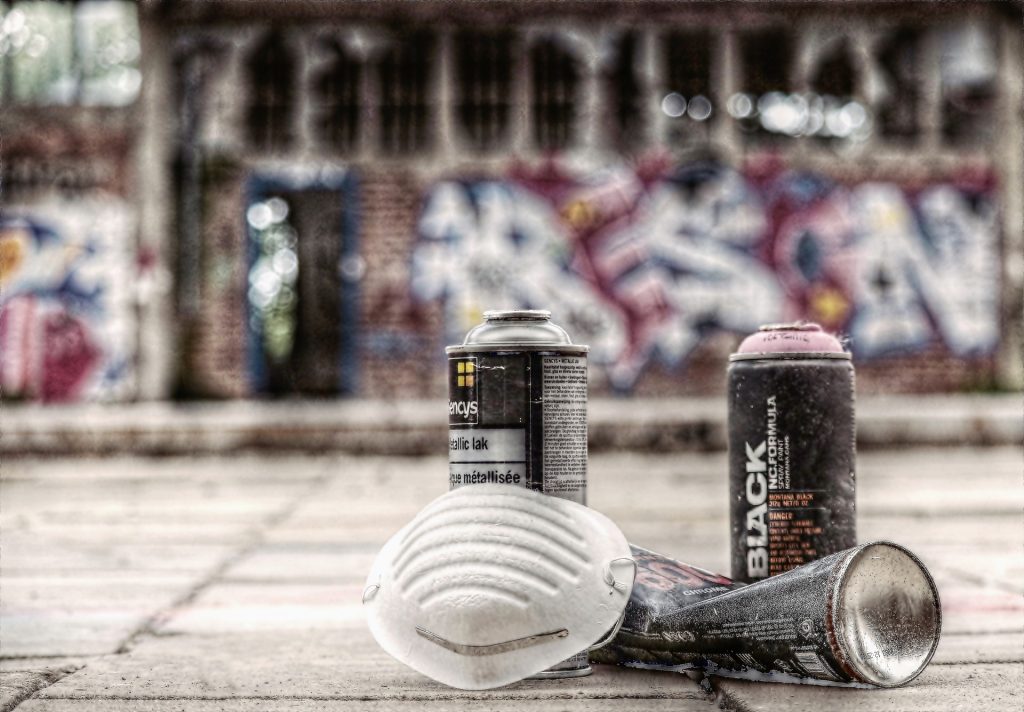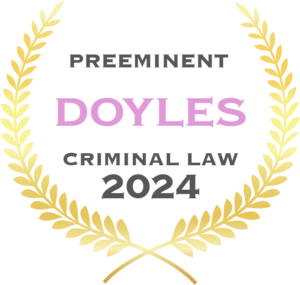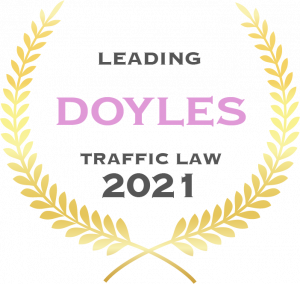In NSW, the Graffiti Control Act 2008 (NSW), outlines criminal offences and penalties which aim to reduce the amount of graffiti and deter people from marking buildings, public transport and other public places.
Graffiti Offences
Per section 4 (2) of the Graffiti Control Act 2008 (NSW), (‘The Act’) a person must not, without reasonable excuse (proof of which lies on the person), intentionally mark any premises or other property, without the consent of the owner, occupier or person in charge of the premises or property.
A person will be guilty of ‘marking premises or property’ and face a penalty of up to $2,200 and/or 1 year imprisonment if:
- The marking is done intentionally; and
- There was no consent from the owner of the premises or property that was marked on; and
- The person intentionally marks the premises or other property:
- With a graffiti implement was used for marking the premises or property; or
- The marking was done in such a manner that it is not readily removable by wiping it (or by using water or detergent).
Under the Act, a ‘graffiti implement’ is defined as spray paint, marker pen, or anything designed to produce a mark that’s not readily removable by wiping it (or by use of water or detergent).
A person faced with a graffiti charge of marking premises or property in NSW may have a defence under the Act if it can be shown:
- The person accused was acting under duress or necessity; or
- If the marking was on a public footpath or pavement with chalk; or
- If the marking was on a public footpath or pavement with chalk to mark out a hopscotch or handball court.
It is also an offence for a person to have any graffiti implement in their possession with the intention that it be used to commit an offence under section 4 (2) as outlined above.
Under section 5 of the Act, possession of a graffiti implement with the intention to use it to mark a premises or property carries a penalty of up to $1,100 and/or 6 months imprisonment.
Sentencing for Graffiti Offences
Whilst these offences do have a period of imprisonment that can be imposed, per section 4(4) of the Act, a term of imprisonment cannot impose an imprisonment sentence on an offender for marking premises or property unless:
- They have been previously convicted of this offence (or an offence under section 5 of possessing a graffiti implement); and
- The court is satisfied that the offender is a serious and persistent offender and likely to re-offend.
Alternative and Additional Actions to imposing penalties
In addition to the above penalties, the court is able to impose alternative and additional actions such as Community Clean Up Work, driver’s Licence Orders and Payment towards the cost of repairing the damage.
Community Clean-Up Work
Under the Act, a court that imposes a fine on an offender for a graffiti offence may make an order requiring the offender to perform community clean-up work in order to satisfy the amount of the fine.
However, this order cannot be made unless the court is satisfied that:
(a) an offender is a suitable person for community clean up work and, in the case of a child offender, is sufficiently mature to perform community clean up work, and
(b) arrangements exist for persons who reside in the area in which the offender resides or intends to reside for the offender to perform community clean up work, and
(c) community clean up work can be provided in accordance with those arrangements.
Also, the court must have regard to whether the offender is willing to participate in community clean up work.
If an order is made, The number of hours of community clean up work to be performed by the offender is to be calculated at the rate of 1 hour for each $30 of the amount of the fine (or that part of the fine that is unpaid). The number of hours specified in any one community clean up order must not exceed 300 hours (in the case of an adult offender) or 100 hours (in the case of a child offender).
Along with the community clean up work that an offender is directed to do by the assigned officer under the community clean up order must, if practicable, include at least 2 hours participation in a graffiti prevention program.
Drivers Licence Orders
Under the Act, the court may, in addition to or instead of imposing a fine on a person, make a driver licence order. This means that a person who is on there L or P plate driver licence extended for up to 6 months, as outlined by section 13C.
Key Takeaways
- Graffiti offenses in NSW are covered under the Graffiti Control Act 2008, which defines graffiti as any inscription, word, figure, or design marked, etched, scratched, drawn, or painted on property.
- The law distinguishes between authorized and unauthorized graffiti, with penalties varying based on the circumstances.
- Graffiti offenses can result in fines, community service orders, or imprisonment, depending on the severity and frequency of the offense.
- Offenders may face additional penalties for possessing graffiti implements with the intent to use them unlawfully.
- Property owners are responsible for removing graffiti from their property, with failure to do so within a specified timeframe resulting in potential penalties.
- Reporting graffiti to authorities promptly can aid in its removal and may help apprehend offenders.
Payment towards the cost of repairing damage
In addition to any fines imposed under the Act, a person convicted of an offence under this Act can also be liable to pay up to $2,200 for the cost (or contribution) to the repair or restoration of any damage caused by the action which resulted in the conviction.
If you or someone you know needs legal advice or representation for a criminal law matter, contact the team at Hamilton Janke Lawyers 24/7 by calling 4038 1666.
Written By

James Janke
James Janke is founding partner at Hamilton Janke Lawyers, and has more then decade of experience as a Criminal Defence Lawyer. Admitted to both the Supreme Court of New South Wales and High Court of Australia




